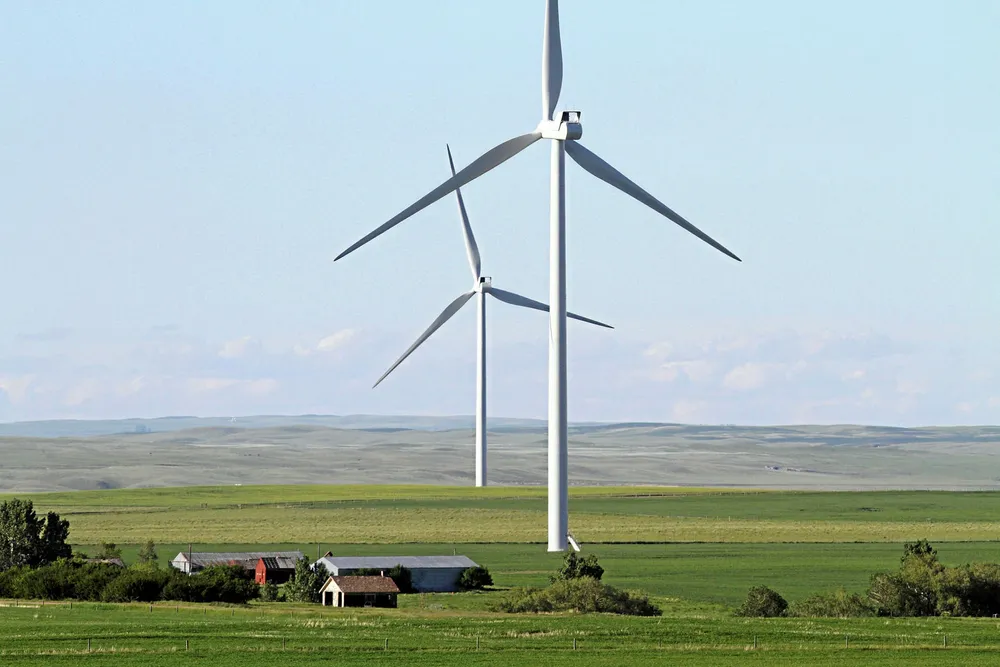Battered oil sands region gears up for rapid renewables growth
Alberta, home to the oil sands, is expected to become Canada's biggest wind and solar producer

Alberta, home to the oil sands, is expected to become Canada's biggest wind and solar producer
